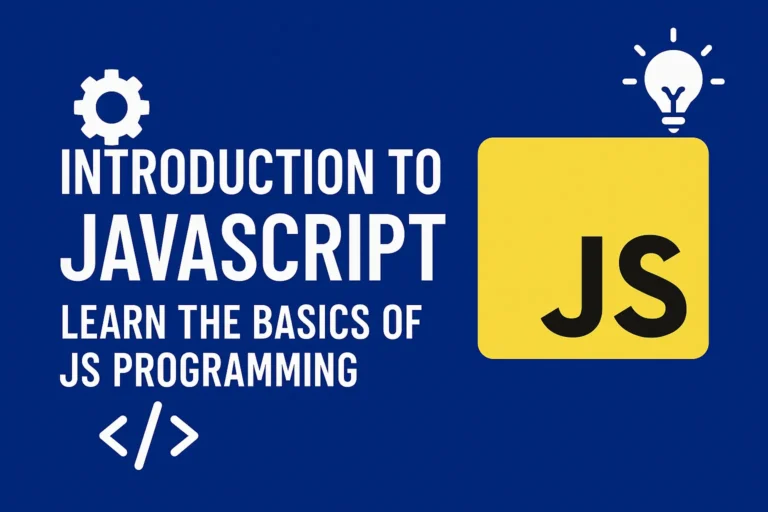Lorem ipsum dolor sit amet, consectetur adipiscing elit. Ut elit tellus, luctus nec ullamcorper mattis, pulvinar dapibus leo.
In this article, we’ll explore how to design and implement a recipe sharing platform using JavaScript, focusing on two key aspects: user-generated content and image uploading/storage.
Understanding User-Generated Content
User-generated content (UGC) is the backbone of any recipe sharing platform. It enables users to contribute their own recipes, fostering a sense of community and providing a diverse range of culinary creations. JavaScript, with its versatility and ubiquity, is an excellent choice for handling user interactions and content management on such platforms.
Building a Recipe Submission Form
Let’s start by creating a simple form where users can submit their recipes. We’ll use HTML and JavaScript to capture the necessary information:
<form id="recipeForm">
<input type="text" id="recipeName" placeholder="Recipe Name" required>
<textarea id="recipeInstructions" placeholder="Recipe Instructions" required></textarea>
<input type="file" id="recipeImage" accept="image/*" required>
<button type="submit">Submit Recipe</button>
</form>
In the above code, we have input fields for the recipe name, instructions, and an option to upload an image representing the dish. Now, let’s handle the form submission using JavaScript:
document.getElementById('recipeForm').addEventListener('submit', function(event) {
event.preventDefault(); // Prevent form submission
// Fetch form values
const recipeName = document.getElementById('recipeName').value;
const recipeInstructions = document.getElementById('recipeInstructions').value;
const recipeImage = document.getElementById('recipeImage').files[0]; // Assuming single file upload
// Perform validation if necessary
// Now, you can send this data to your backend for processing
// For simplicity, we'll log the data here
console.log('Recipe Name:', recipeName);
console.log('Instructions:', recipeInstructions);
console.log('Image File:', recipeImage);
});
Handling Image Uploading and Storage
Images play a crucial role in visually representing recipes. Therefore, enabling users to upload and store images seamlessly is essential for a recipe sharing platform. JavaScript can facilitate this by integrating with cloud storage services or utilizing server-side technologies.
Integrating with Cloud Storage (e.g., Firebase Storage)
Firebase Storage, a cloud storage solution provided by Google, offers an easy-to-use API for uploading and managing files. Here’s how you can integrate it into your JavaScript application:
// Initialize Firebase
const firebaseConfig = {
// Your Firebase configuration
};
firebase.initializeApp(firebaseConfig);
// Get a reference to the storage service
const storage = firebase.storage();
// Function to upload image file to Firebase Storage
function uploadImage(file) {
const storageRef = storage.ref();
const imageRef = storageRef.child('recipe_images/' + file.name);
return imageRef.put(file);
}
// Example usage
const file = document.getElementById('recipeImage').files[0];
uploadImage(file)
.then(snapshot => {
console.log('Image uploaded successfully:', snapshot.ref.fullPath);
})
.catch(error => {
console.error('Error uploading image:', error);
});
Conclusion
In this article, we’ve explored the process of designing a recipe sharing platform using JavaScript, focusing on user-generated content and image uploading/storage. By leveraging JavaScript’s capabilities along with cloud services like Firebase Storage, you can create a dynamic and engaging platform where culinary enthusiasts can share their favorite recipes with the world. Whether it’s a family secret or a newfound culinary creation, JavaScript empowers you to bring these recipes to life in the digital realm. Happy cooking and coding!






